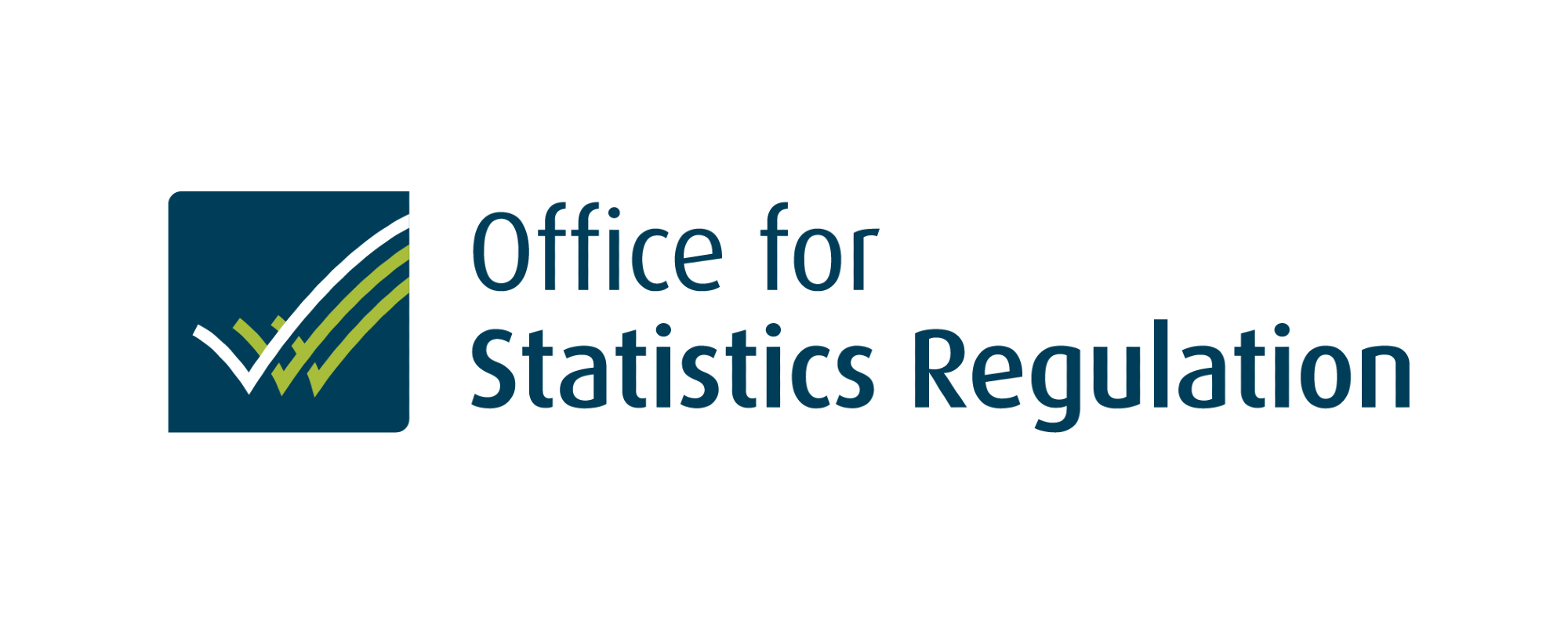Value
Uses and users of the statistics
1.10 The Family Practitioner Services statistics and underlying data are used by a variety of different people, from those working in health and social care services in Northern Ireland to academics and journalists. They are valuable for many purposes, including:
- Planning health and social care services, including resource allocation
- Monitoring the performance of health and social care services
- Developing government policies and monitoring their effectiveness
- Producing impact assessments for particular drugs
- Academic research
- Informing the public about health care services in Northern Ireland
1.11 BSO makes the statistics and data available in several ways in order to meet the varying needs of these users. For example, annual statistical reports are published alongside infographic summaries, interactive visualisations such as maps, and data tables. The statistics are also released on a quarterly basis in data tables, and GP prescribing data are released monthly as open data. Finally, underlying data are made available for reuse via the Honest Broker Service, allowing approved users to access the data and link to other sources for their own analysis.
1.12 To further enhance the offering for users, during the first two quarters of 2022/23, BSO is planning to add time series charts and main findings infographics to each of its quarterly releases. This will be particularly beneficial for users who require a quick visual summary of the statistics – a request we heard from some users during our assessment.
User engagement and addressing user feedback
1.13 BSO demonstrates a strong commitment to improving its statistics to meet user needs through the range of user engagement activities it carries out. These include formal surveys and direct stakeholder conversations. Engagement activities are done on an ongoing basis as part of annual work plans for the statistics. User engagement action plans published by BSO show where improvements have been made to meet requirements identified by users – and we heard from many users that they find BSO to be approachable, professional and keen to help.
1.14 Users told us that where they request specific analyses, BSO will consider producing these as official statistics on an ongoing basis. For example, during the assessment process we received feedback that it would be helpful for some users to have practice lists broken down by demographic factors. BSO is currently working on meeting this request through an annual release of data, to be published later this year.
1.15 BSO also demonstrates a commendable openness to considering new approaches to user engagement. For example, the team is exploring the idea of an online user engagement event to showcase and explain the statistics to users. This would be used as another opportunity to ask users for suggested improvements to the outputs.
Accessibility and Reproducible Analytical Pipelines
1.16 The statisticians at BSO are motivated to improve their statistics using new technologies and technological solutions. For example, the team is in the process of reviewing and improving the accessibility of the data tables and pdf reports. The statisticians may find the monthly accessibility clinics, run for the Government Statistical Service, a useful support as they carry out this work. The team acknowledges that a move to html outputs, which would further improve accessibility, will need to be a longer-term endeavour due to limitations of the current website. A refresh of the BSO website is planned to be completed over Summer 2022, providing the opportunity for html developments. It is encouraging to hear that the statisticians have ideas for improving the design of the website and that they will have the opportunity to input to it. This will be important as it will improve user experience of the statistics and increase the chance that the statistics can be found and used.
1.17 Another area where the statisticians at BSO demonstrate their desire to improve and innovate is in the planned development of Reproducible Analytical Pipelines (or RAP). BSO aims to implement RAP principles in its General Medical Services quarterly publication and will then share learning with those responsible for other quarterly publications. While the team feels that resource will be the main challenge for these developments, it is ensuring that some time is allocated in its annual work programme and hopes to make progress over the course of 2022/23. Our report Reproducible Analytical Pipelines: Overcoming barriers to adoption encourages this iterative approach to implementing RAP principles, as well as other suggestions for how BSO can plan for and then carry out RAP developments, based on the experiences of other statistics producers.
Back to top
